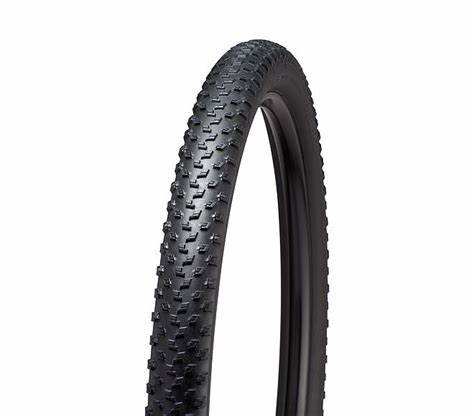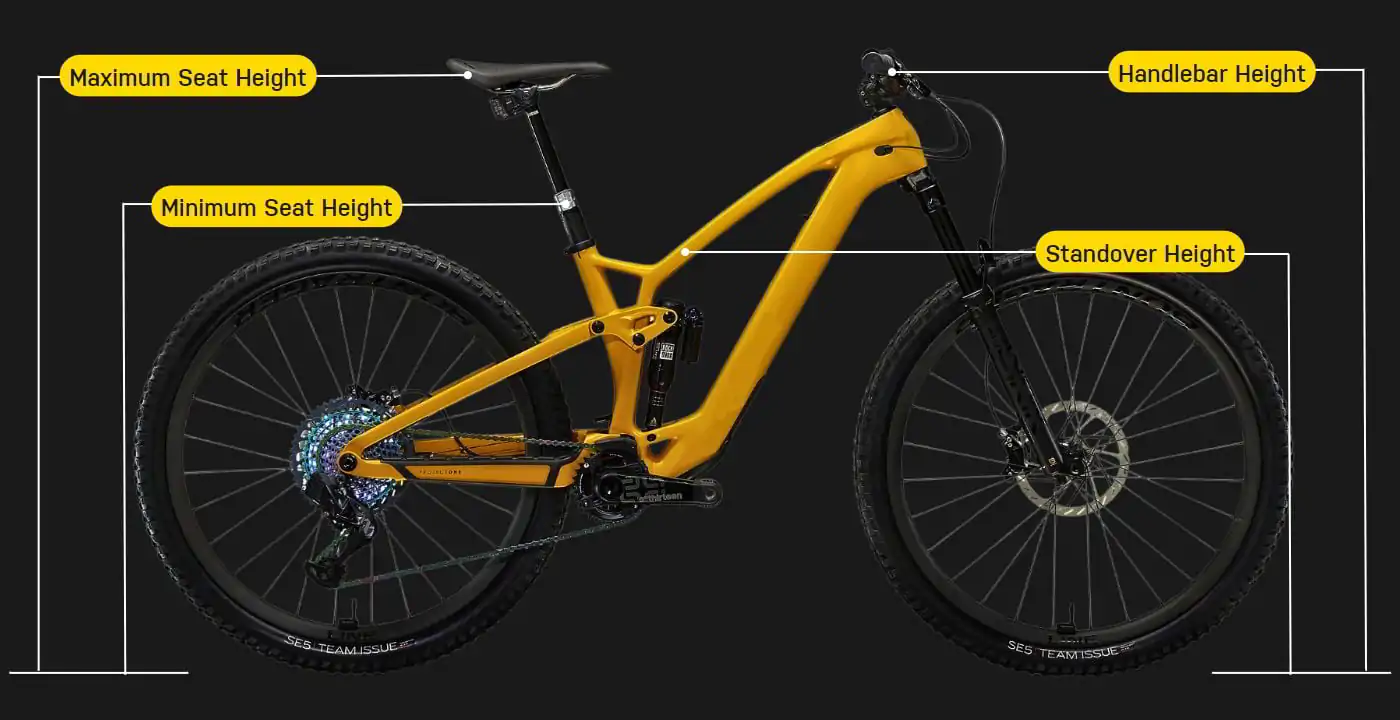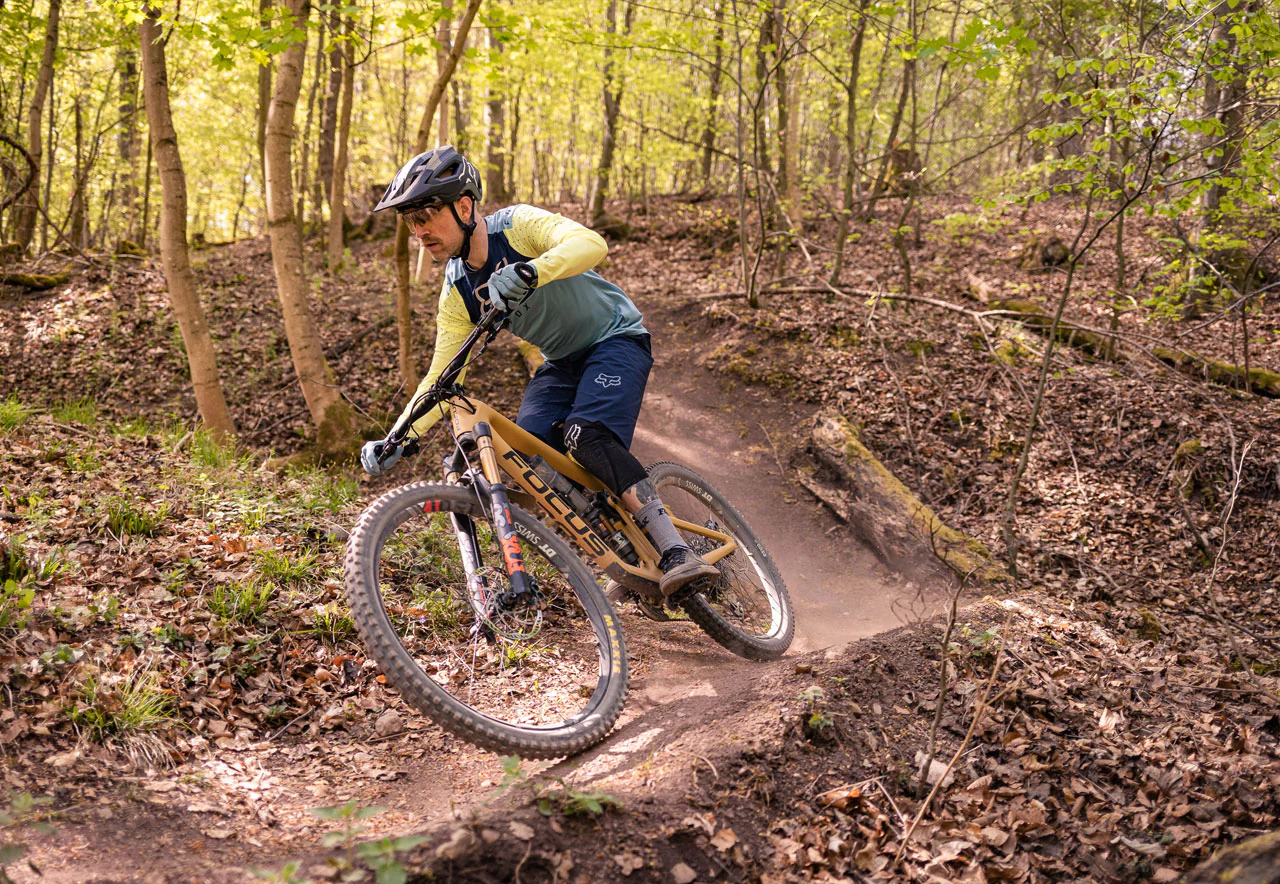Choosing the right tires for mountain biking is crucial to ensure safety, performance, and comfort on different terrains. Whether you’re tackling rocky paths, loose gravel, or muddy trails, selecting the correct tire can make all the difference in your riding experience. Below, we’ll explore how to choose the perfect tires for various mountain terrains.
1. Understanding Tire Width
Tire width plays a significant role in how your bike performs on different surfaces. Wider tires generally provide better traction and stability, while narrower tires are more suitable for speed and agility.
- Narrow Tires (2.1 to 2.3 inches): These are best suited for hard-packed trails and smooth surfaces. They offer less rolling resistance, making them ideal for cross-country riding where speed is a priority.
- Wide Tires (2.4 to 2.8 inches): Perfect for rough terrains such as rocks and roots. Wider tires offer more grip and cushioning, which enhances control on technical trails.
2. Tread Pattern Matters
The tread pattern directly influences how well your tires grip the terrain. Different terrains require different tread designs to ensure optimal performance.
- Low Knob Tread: Tires with shallow knobs are perfect for hard-packed and smooth trails. They offer reduced rolling resistance, allowing you to maintain speed on flat or slightly uneven terrain.
- Aggressive Knob Tread: If you’re riding on loose dirt, rocks, or roots, opt for tires with deeper and more aggressive treads. These tires dig into the surface, providing better traction and preventing skidding.
- Mud Tires: Muddy terrain requires tires with widely spaced knobs to prevent mud from clogging the treads. These tires have deep grooves that allow mud to shed off easily, ensuring consistent grip.
3. Terrain-Specific Tire Selection
Rocky Terrain
For rocky trails, you’ll need durable tires that can handle sharp edges and uneven surfaces. Look for tires with reinforced sidewalls to prevent punctures and tears.
- Tire Width: 2.4 to 2.6 inches
- Tread Pattern: Aggressive knob tread for better grip on loose and rocky terrain.
- Tire Pressure: Lower pressure (around 22-28 psi) for better traction and shock absorption.
Loose Dirt and Gravel
On loose terrain, tires that offer grip without sinking into the surface are essential. Opt for wider tires with a moderate tread pattern to maintain stability.
- Tire Width: 2.3 to 2.5 inches
- Tread Pattern: Tires with medium-sized knobs will provide enough grip while maintaining speed.
- Tire Pressure: Moderate pressure (25-30 psi) to allow for better control.
Muddy Trails
Mud can be tricky to navigate, so tires with excellent grip and the ability to shed debris are key. Wider tires with deep and widely spaced knobs work best.
- Tire Width: 2.5 to 2.8 inches
- Tread Pattern: Deep, aggressive knobs with wide spacing to prevent mud buildup.
- Tire Pressure: Lower pressure (20-25 psi) to maintain traction in slippery conditions.
Hard-Packed Trails
For smoother, hard-packed trails, you can prioritize speed and efficiency. A narrower tire with low-profile treads works best here.
- Tire Width: 2.1 to 2.3 inches
- Tread Pattern: Low knob or semi-slick tread for reduced rolling resistance.
- Tire Pressure: Higher pressure (30-35 psi) to maintain speed.
4. Tubeless vs. Tubed Tires
Mountain bikers often choose between tubeless and tubed tires based on performance and the terrain they ride on.
- Tubeless Tires: Tubeless tires provide better traction, especially at lower pressures, and reduce the risk of pinch flats. They are ideal for riders who tackle technical or uneven terrain frequently. Additionally, they allow you to run lower tire pressure without the risk of puncturing an inner tube.
- Tubed Tires: Traditional tubed tires are often more affordable and easier to install. However, they are more prone to flats, especially on rocky or rough surfaces. They work well for riders who stick to smoother trails.

5. Durability and Sidewall Protection
When choosing tires for mountain biking, durability is key. Consider tires with reinforced sidewalls, especially if you ride on rocky terrain, as they offer better resistance to cuts and punctures.
- Lightweight Tires: Suitable for cross-country and hard-packed trails, but they might wear out faster on rough terrains.
- Heavy-Duty Tires: These are designed to withstand the demands of enduro and downhill riding, where durability and sidewall protection are more important than weight.
Conclusion
Selecting the right tires for your mountain biking adventure requires an understanding of your riding style and the terrain you’ll be tackling. Consider tire width, tread pattern, and durability, while also factoring in whether you prefer tubed or tubeless setups. By choosing the right tires, you’ll improve your bike’s performance, increase your safety, and enjoy a smoother ride on any trail.




